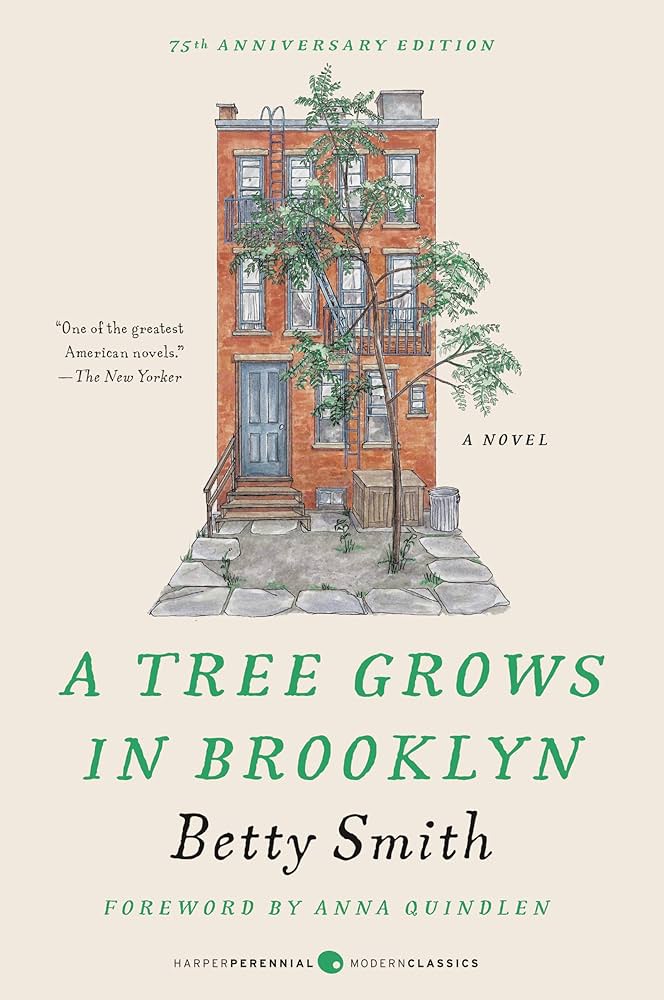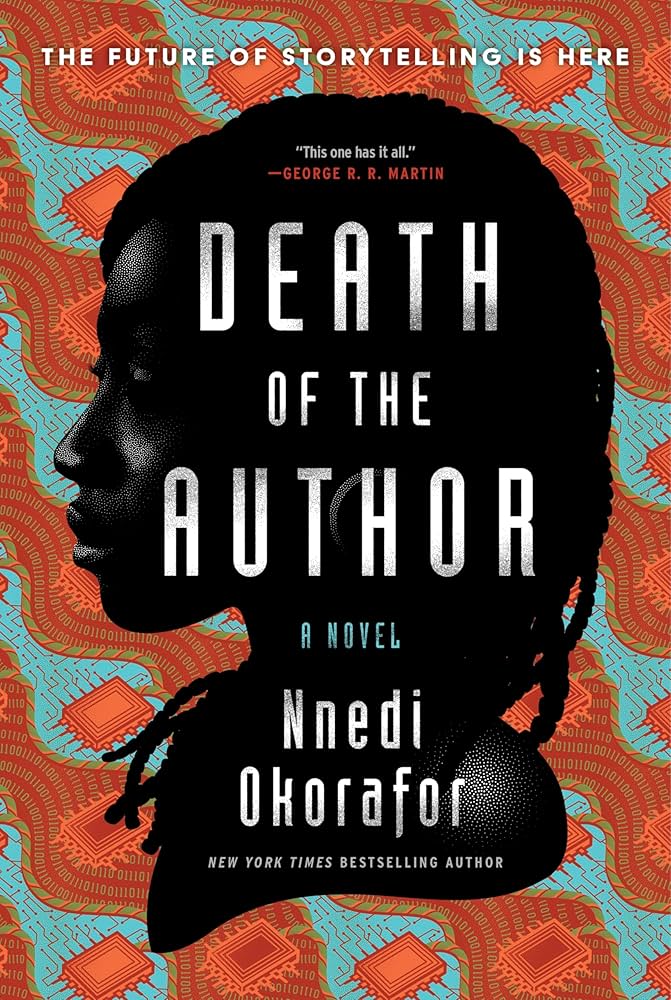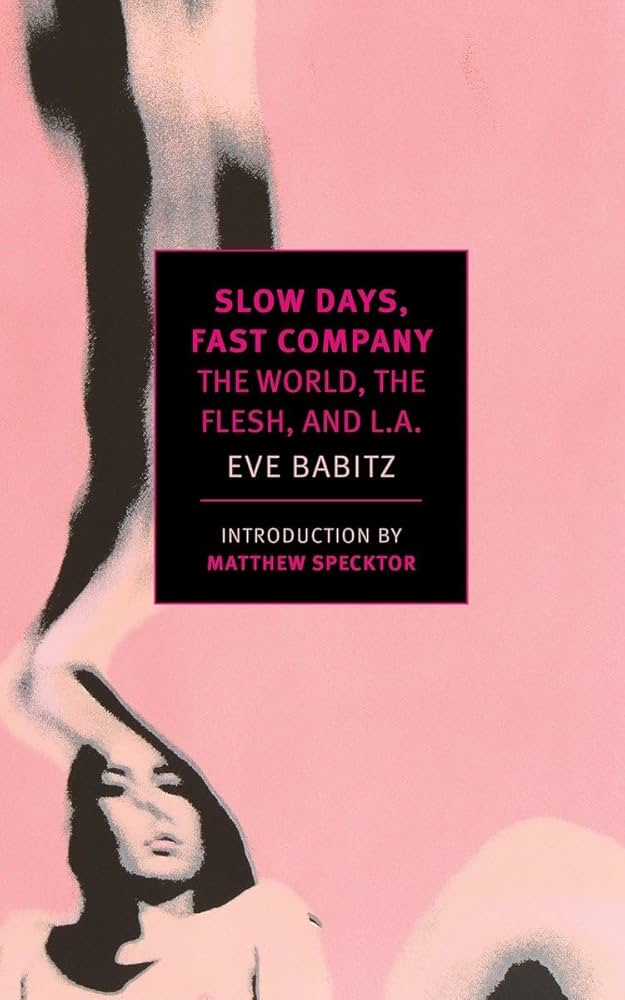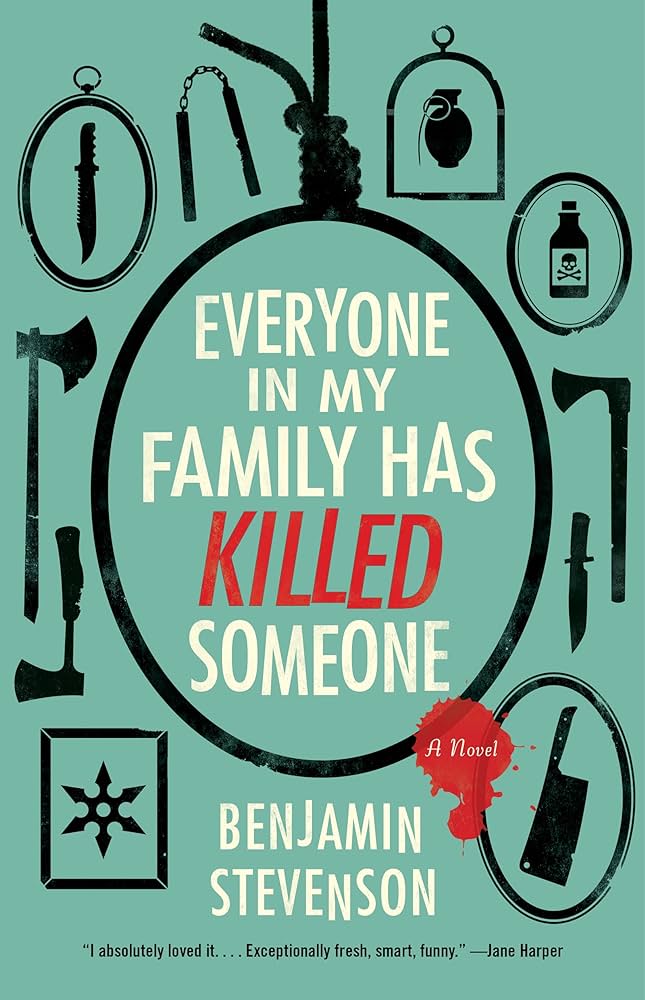As I understand it, A Tree Grows in Brooklyn is a commonly assigned book in grade schools in America, and it’s as widely read as classics like Huckleberry Finn or Of Mice and Men. Maybe I’m just one of the lucky 10,000 but I’d never heard of it until recently, and picked it up used and cheap in a used bookstore on a recent trip to Hamilton.
If you’re in today’s lucky 10,000: this is the story of Francie, the first daughter of Johnny and Katie, born in Brooklyn right at the beginning of the 20th century. We follow her as she grows up facing all kinds of adversity: generational poverty, her father’s alcoholism, crime, social ostracism, and a system set to sabotage them. The meat of the book covers Francie’s life from about age 10 to age 16.
Like Huck Finn, it’s aimed at middle schoolers, but has plenty of literary merit. The writing is accessible, and the story itself is engaging, full of momentum and never juvenile. Short sentences gently draw the reader in before a gut punch:
The baby was born. It was a girl and a very easy birth. The midwife down the block was called in. Everything went fine. Sissy was in labor only twenty-five minutes. It was a wonderful delivery. The only thing wrong with the whole business was that the baby was born dead.
Francie is an incredible character. She sees the world with a unique perspective that’s reminiscent of an urban, American Anne of Green Gables. Through all the challenges, Francie stays optimistic, strong-willed, and often has a maturity that exceeds the adults around her.
It’s a harsh and difficult world for Franice’s family, populated by strong, fierce, determined women, and largely ineffective, often destructive men. Katie, the mother, is a force of nature, demanding of her children and making every sacrifice to ensure they get an education and do better than her generation. She’s not cold, but she’s direct:
“Your father is dead,” she told them.
Francie stood numb. There was no feeling of surprise or grief. There was no feeling of anything. What Mama just said had no meaning.
“You’re not to cry for him,” ordered Mama. Her next words had no sense either. “He’s out of it now and maybe he’s luckier than we are.”
There are a few sections that are just perfectly crystallized and unforgettable. After Francie’s alcoholic father dies, she writes about it. There’s this exchange Miss Garnder, the English teacher:
“What’s happened to your writing, Frances?” asked Miss Garnder.
“I don’t know.”
“You were one of my best pupils. You wrote so prettily. I enjoyed your compositions. But these last ones…” she flicked at them contemptuously.
“I looked up the spelling and took pains with my penmanship and…”
“I’m referring to your subject matter.”
“You said we could choose our own subjects.”
“But poverty, starvation and drunkenness are ugly subjects to choose. We all admit these things exist. But one doesn’t write about them.”
“What does one write about?” Unconsciously, Francie picked up the teacher’s phraseology.
“One delves into the imagination and finds beauty there. The writer, like the artist, must strive for beauty always.”
“What is beauty?” asked the child.
“I can think of no better definition than Keats’: “Beauty is truth, truth beauty.’ “
Francie took her courage into her two hands and said, “Those stories are the truth.”
“Nonsense!” exploded Miss Garnder. Then, softening her tone, she coninued: “By truth, we mean things like the stars always being there and the sun always rising and the true nobiliy of man and mother-love and love for one’s country,”
Something about this scene convinced me that the book was based on lived experience, but I didn’t know how closely. When I finished the book and did some reading about it. Turns out Betty Smith originally pitched this as an autobiography called They Lived in Brooklyn; Smith’s upbringing matches up pretty well with Francie’s.
I loved this book. Now and then it toes the line of maudlin or preachy, but never a turn-off. My edition is almost 600 pages, but it never felt like a chore or a slog. Short chapters and an episodic style make it a fantastic book to pick up for 30 minutes at a time — though I found it nearly impossible to put down.






